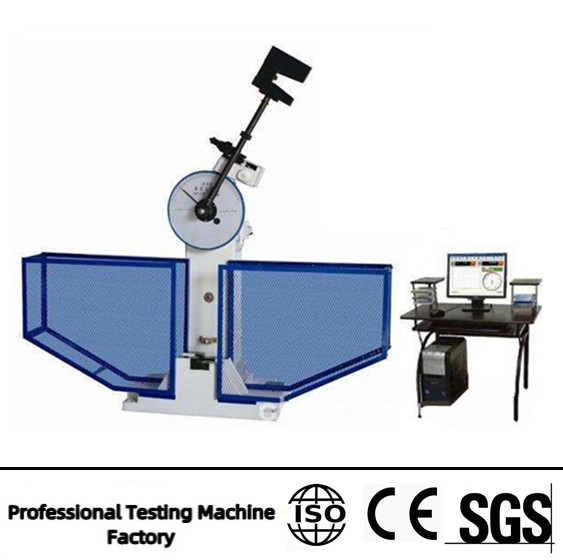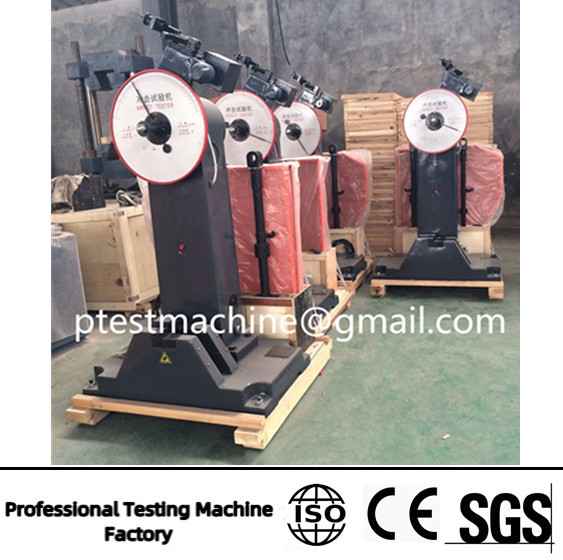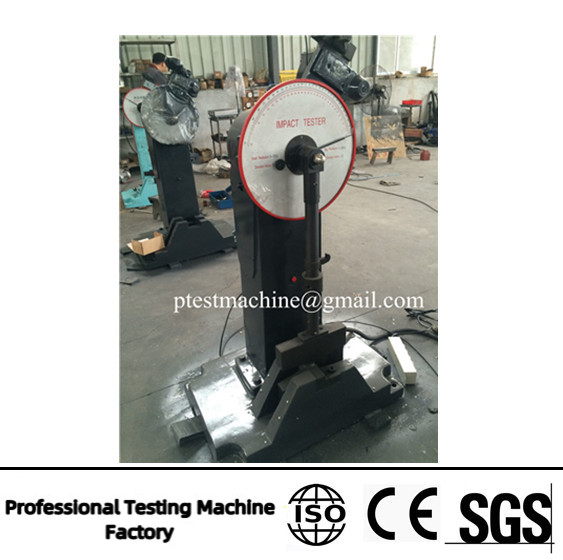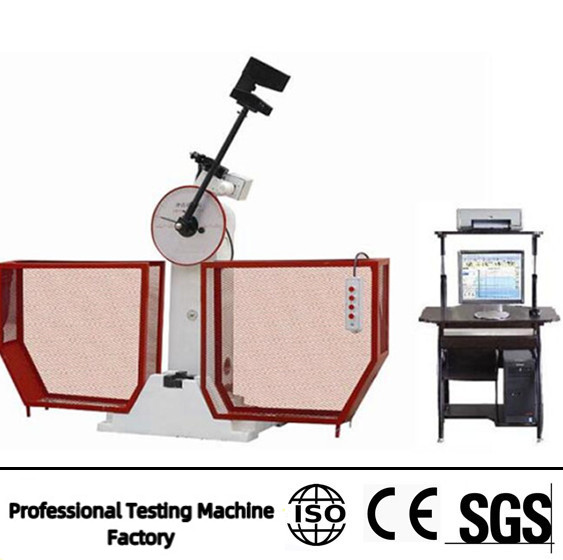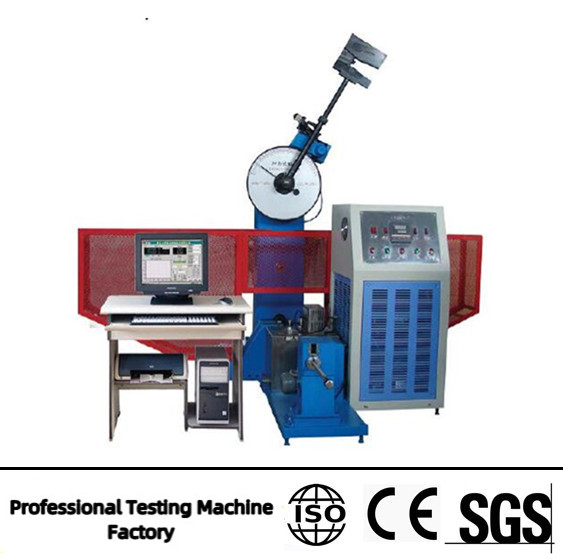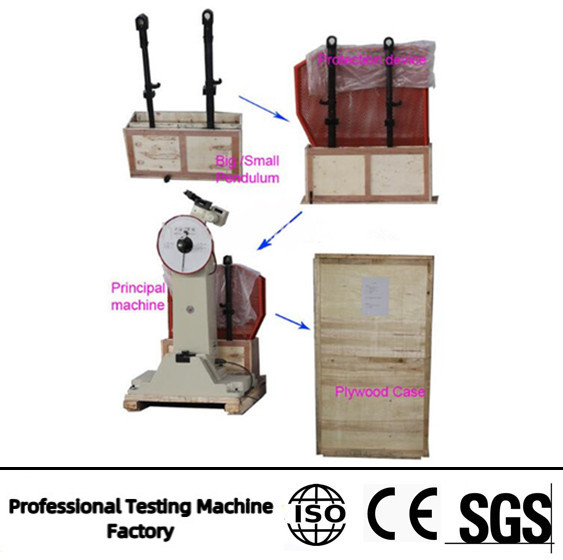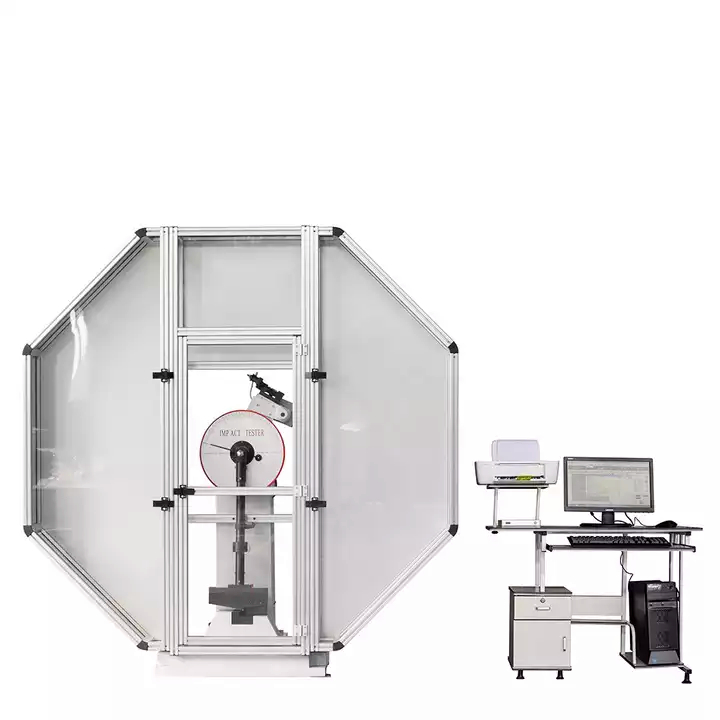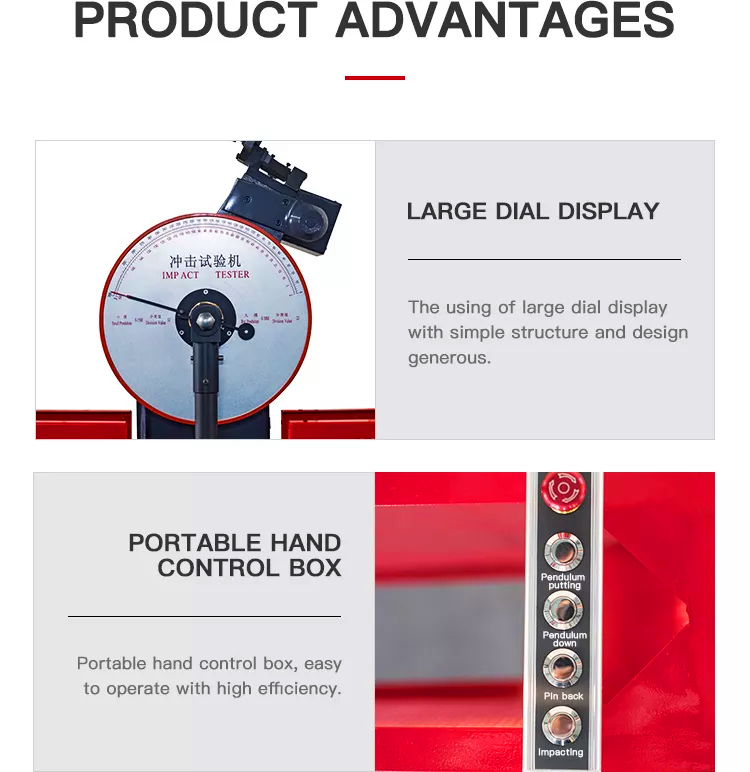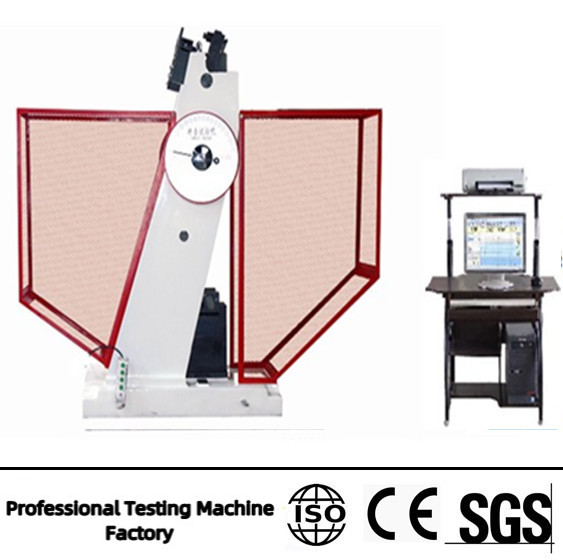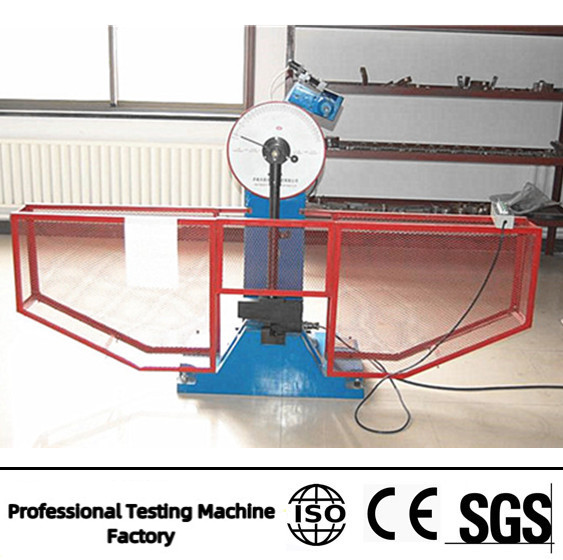machine d'essai d'impact global
1. Objectif
- Quality assessment: It is mainly used to determine the impact resistance of aggregates. Aggregates are crucial components in concrete, asphalte, and other construction materials. By testing their impact resistance, engineers can evaluate the quality and durability of aggregates, ensuring that the final construction products can withstand various external forces and environmental conditions.
- Material selection: Helps in the selection of appropriate aggregates for different construction projects. For high – traffic roads or structures in harsh environments, aggregates with high impact resistance are required, and this testing machine provides reliable data for such selections.
2. Principe de fonctionnement
- Impact mechanism: The machine typically has a hammer or a falling weight. When the test starts, the hammer is lifted to a certain height and then released. The falling hammer strikes the aggregate sample, applying an impact load.
- Measurement and analysis: After the impact, the change in the aggregate’s state, such as the degree of fragmentation, is measured. Based on the test results, the impact value of the aggregate can be calculated, which reflects its ability to resist impact.
3. Caractéristiques techniques
- Précision: It is designed to provide accurate and repeatable test results. Advanced sensors and measurement systems are often incorporated to ensure the reliability of the data.
- sécurité: Equipped with safety devices to protect operators during the testing process. Par exemple, there may be enclosures to prevent fragments from flying out when the aggregate is impacted.
4. Standards compliance
- This type of testing machine usually complies with relevant national and international standards, telles que ASTM (American Society for Testing and Materials) or BS (British Standards). These standards define the test methods, sample preparation requirements, and acceptance criteria for aggregate impact tests.
Application:
Ce type de machine d'essai l'impact JBW 300 est utilisé pour déterminer la résistance aux chocs des matériaux métalliques sous charge dynamique. Le pendule de la machine peut être augmentée ou libéré automatiquement. Il est conçu selon la norme nationale GB / T3808-1995 « Charpy Méthode d'essai pour les métaux » et la norme ISO.
Il peut aussi être conforme à la norme ASTM E23 comme demande spéciale du client. Il a les caractéristiques d'une utilisation facile, haute efficacité, sûr et fiable. Le système informatique peut faire du traitement de données et d'obtenir le rapport d'essai. Dans le système de refroidissement de la température super bas, il peut vérifier les performances de l'impact des matériaux. La machine est particulièrement appropriée pour le laboratoire, l'industrie de la métallurgie, la production de machines, aciérie et d'autres domaines.
Caractéristiques:
| Caractéristiques |
JBW 300 |
JBW 500 |
| Énergie d'impact (J) |
150, 300 |
250, 500 |
| Vitesse d'impact (Mme) |
5.2 |
5.4 |
| angle élevé |
150º |
| durée standard (mm) |
40 |
| angle rond de mâchoires (mm) |
R1-1.5 |
| angle rond de bord frappant (mm) |
R2-2.5 |
| Taille de l'échantillon (mm) |
10 X 10 X 55 |
| Source de courant |
3PHS, 380V, 50Hz ou 220 V, 60Hz |
| Dimensions (mm) |
1600 X 850 X 1530 |
1600 X 850 X 1530 |
| Poids net (kg) |
880 |
980 |
| Afficher |
Écran d'ordinateur |
| machine d'essai l'impact JBW 300 |
|


















